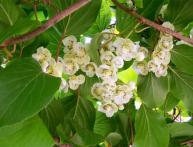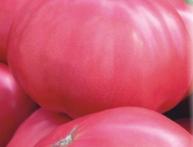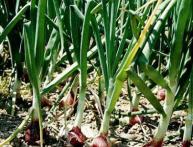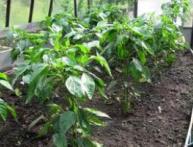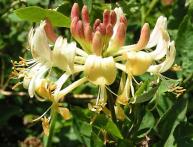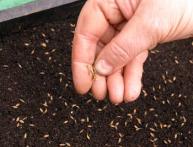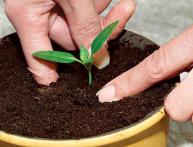Intoxicating wild rosemary in the photo
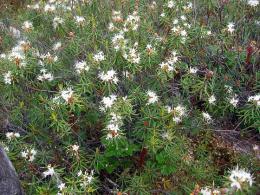
The name "Ledum" comes from the Russian verb "bagulit", which means "to poison". Derived from the verb, the adjective “bagulny” means poisonous, poisonous, intoxicating. The name of the plant reflects its essence - it exudes a suffocating aroma. The Greeks called it "Ledum", that is, this is a plant from which you can get an aromatic resin - incense.
Ledum in the photo belongs to the heather family. Grows in the cold climate of the northern hemisphere. There are about 10 species, 4 of which grow in Russia.
Ledum exudes a sharp suffocating aromat, causing dizziness, damage to the nervous system and sometimes leading to loss of consciousness. This poisonous aroma is created by the essential oils contained in the plant.
It is better to plant wild rosemary in the photo in spring. Make the depth of the planting holes 30 cm, although the roots are at a depth of 20 cm. It grows in one place for many years.
Grows well in acidic soils. Fill the planting hole with a mixture of 3 parts high-moor peat, 2 parts coniferous soil and 1 part sand. And at the very bottom put river pebbles for good drainage.
Water a couple of times a month with acidified water to keep the soil acidic. Water moderately, but do not allow it to dry out. After watering and crust formation, immediately loosen the soil, since soil compaction has a bad effect on growth. Loosen with caution, since the root system is located close to the surface.
There is no need to trim wild rosemary; just remove broken and damaged branches after winter.
There are no problems with diseases and pests due to the specific repellent odor.
For reproduction use seeds or summer cuttings.
The wild rosemary in the photo is widely used in folk medicine. It is used to treat upper respiratory tract diseases, influenza, pneumonia and insect bites.

